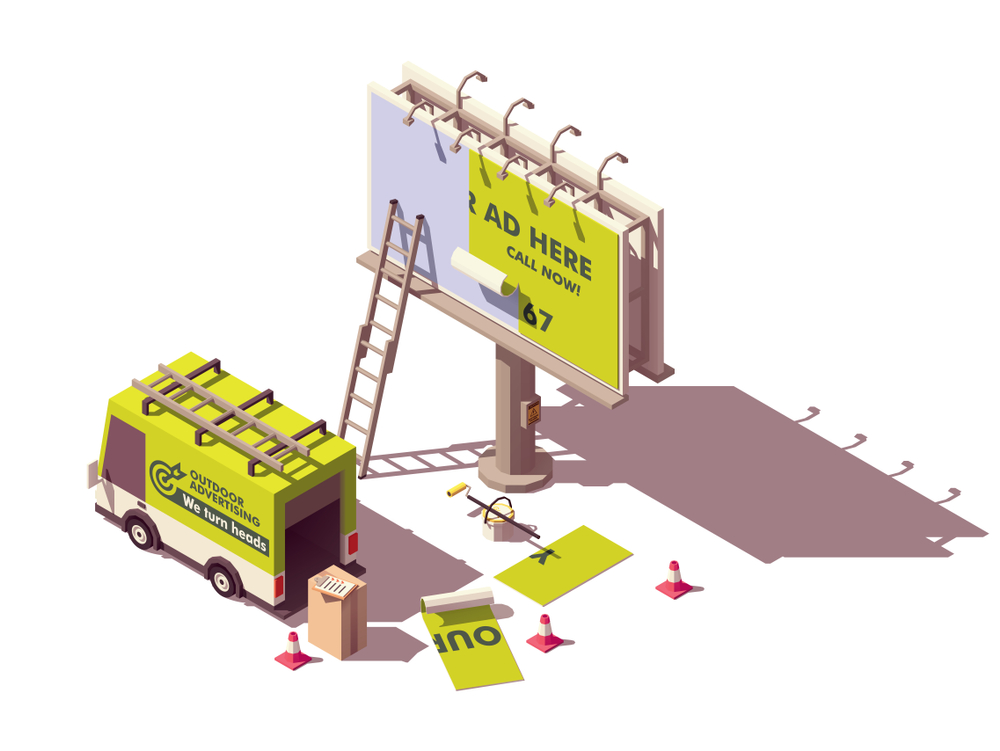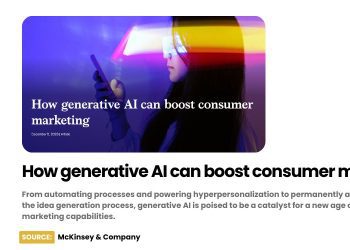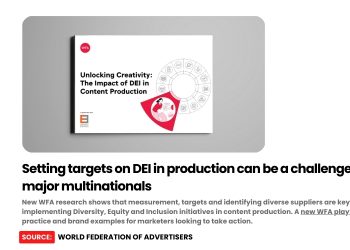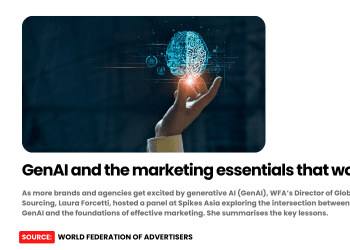Marketers can make use of cognitive science research to tailor OOH media campaigns to maximise emotional connection with target audiences and boost sales in the long term.
Writing for WARC, Jennie Roper, head of insight at Kinetic UK, and Dr Alistair Goode, a cognitive scientist at Gorilla in the Room, outline a study designed to understand how the frequency of exposure to an OOH advert can affect a consumer, and whether it is possible to measure an optimum level of exposure.
To this end they utilised the Mere Exposure Effect, which suggests that people’s emotional response to any given stimulus (such as an ad) will increase to a peak, before decreasing again at the point of over-exposure.
“This can be deployed to understand advertising effectiveness, and by measuring a viewer’s awareness of an ad,” they say.
A research project involved 325 people using VR headsets to explore a virtual high street which included varied exposure to four OOH adverts from global brands; participants were asked to report how they felt about these ads.
“Our findings reflected the ‘wear in’ and ‘wear out’ curve we were expecting,” the authors report: up to nine exposures the participant favoured that particular ad; between nine to 12 exposures, the emotional response peaked and then began to decrease as the participant became used to it.
They have since applied their findings to everyday operations, tailoring the frequency of exposure – “and where frequency is already high, we have worked to run multiple creative messages that we know will create an impact on the consumer at the right time”.
Sourced from WARC








